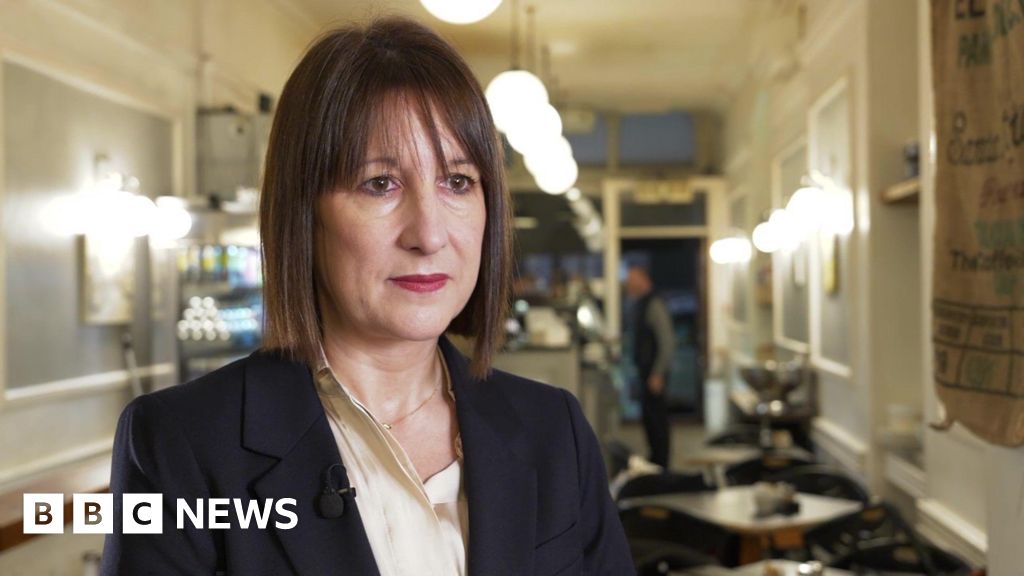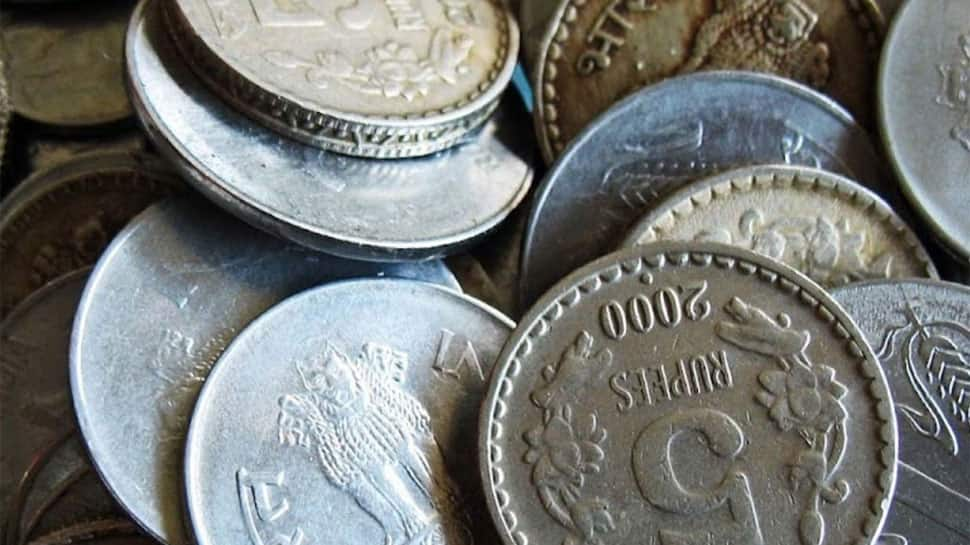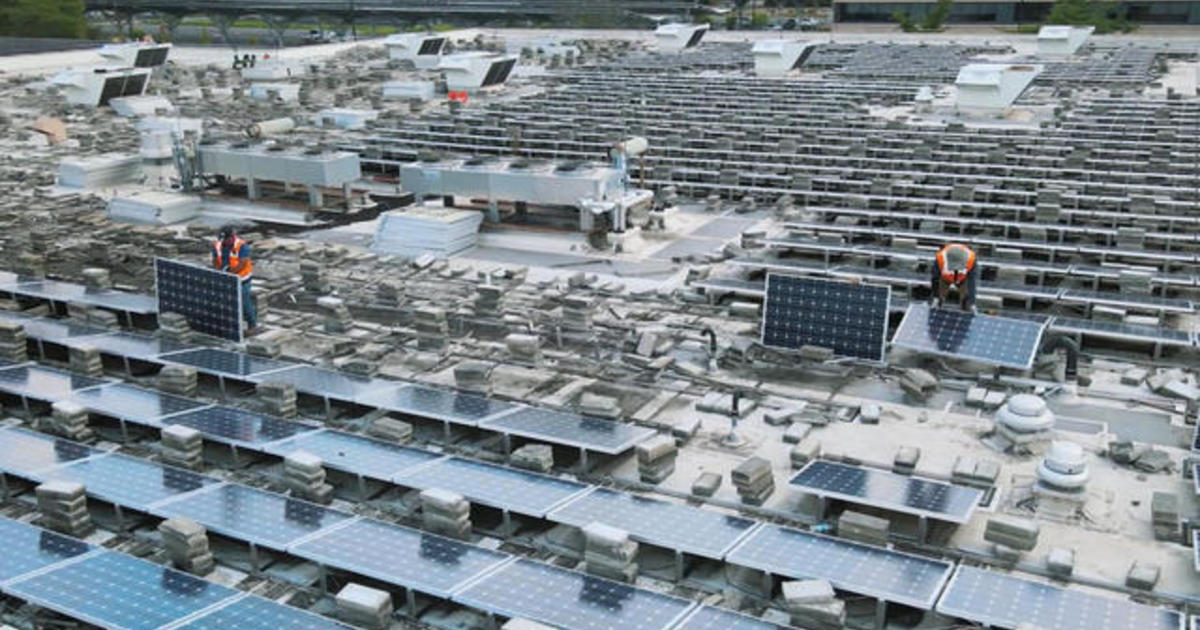Driven primarily by wind and solar power, renewable energy sources surpassed coal for electricity generation in the United States last year, marking a significant milestone. However, as the industry expands, a new problem emerges: what to do with the mounting waste generated by worn-out solar panels and wind turbine blades.
More than 90% of discarded solar panels end up in landfills. By 2030, the retired panels are estimated to cover an area equivalent to about 3,000 football fields. But the panels, primarily composed of glass and aluminum, contain valuable and reusable materials.
At a solar panel recycling plant in Yuma, Arizona, Adam Saghei, CEO of We Recycle Solar, and his company aim to tackle what he calls a “tsunami” of impending solar waste by recycling or reusing nearly 70 million pounds of solar panels annually.
With advancements in solar panel technology and new government incentives, many panels are replaced well before they wear out.
“They still have good life to them, we’ll find them a new home,” Saghei said.
The wind industry is also producing waste — creating an estimated 47 million tons of blade waste annually by 2050.
In a quarry outside Louisiana, Missouri, Julie Angulo, part of the Veolia team, has mastered the art of cutting the blades of decommissioned wind turbines. The massive blades, built to withstand extreme conditions, are a recycling challenge. Angulo said without proper recycling efforts, they often end up in landfills.
Veolia has spent months finding the right industrial shredders to break down the blades. The resulting remains are sold to cement companies, offering an alternative fuel source for their kilns and reducing their carbon emissions by nearly 30%.
Veolia has already processed around 3,000 wind turbine blades, demonstrating the potential for the renewable recycling market.
Although the renewable recycling industry is still small, and landfill disposal remains cheaper for now, Europe has shown promising initiatives. Used wind turbine blades in Europe are being repurposed into playgrounds, bike shelters and bridges.















































